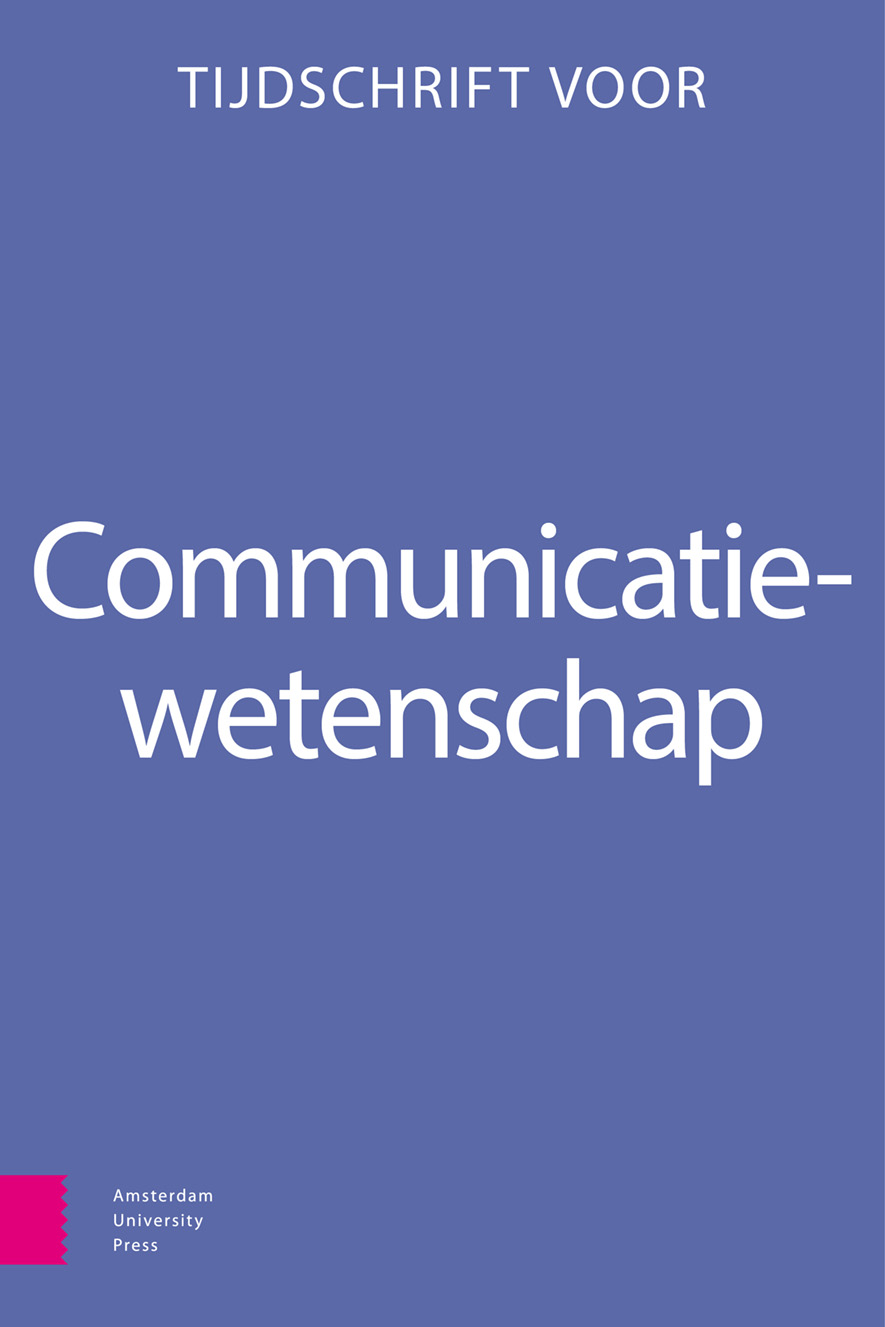-
oa Koppen met een klik
Invloed van formuleringskenmerken op de selectie van online nieuwskoppen
- Amsterdam University Press
- Source: Tijdschrift voor Communicatiewetenschap, Volume 50, Issue 2, Jun 2022, p. 69 - 90
-
- 01 Jun 2022
Abstract
Headlines that click. Influence of formulation features on selection of online headlines
Digitization and the emergence of new media have led to major changes in news production and consumption. The question of what grabs the public’s attention is more relevant than ever. Strategies used to arouse the interest of the news user include headline formulation. This research examined which features of a headline cause the news user to click. For this, 2028 online news headlines from the Dutch newspaper Algemeen Dagblad which came from A/B tests were used. By means of a content analysis, the headlines were analyzed on discursively emphasizing news values (Elite, Proximity, Personalization, Consonance, Unusuality, Negativity, Impact and Superlativeness) and the use of Forward referencing. We have investigated to what extent the use of these stylistic features in a headline influences the number of clicks. The results of this study showed that the discursive construal of Elite, Unusuality, Negativity and Impact had a positive effect on the headline performance.


